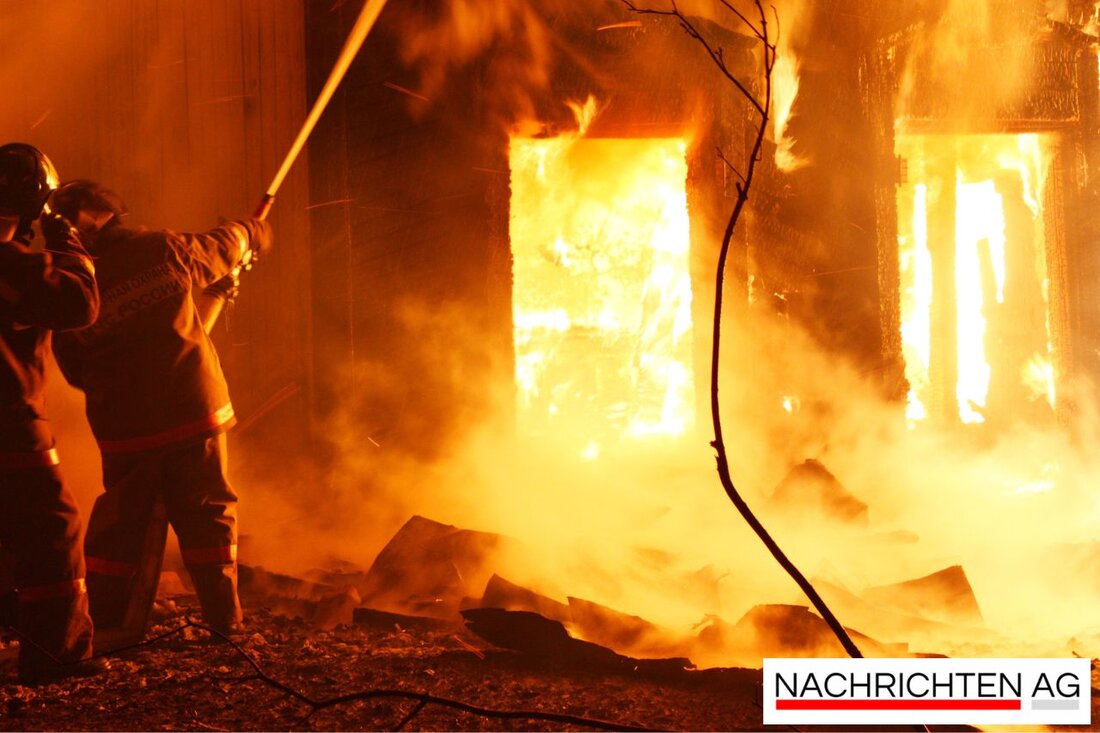Fachwerkhaus from Altenberg: A monument to the future in Limbach!
Fachwerkhaus from Altenberg: A monument to the future in Limbach!
Wilsdruff, Sachsen, Deutschland - in Wilsdruff, Saxony, a very special half -timbered house is waiting for his new life. Kay Arnswald, an experienced carpenter, tells the eventful history of the building, which was built in Altenberg in 1692. The remains of the former residential building, consisting of boards and beams made of softwood, are on a wasteland. This historic jewelry has survived many storms, including a major fire and a bomb attack in World War II. But the current situation is critical, because after reunification, a demolition was considered because a leaky roof endangered the substance. However, the committed association for the promotion of rural building culture, under Arnswald's management, successfully campaigned for the preservation of the building.
The association chairman Arnswald and his team carefully numbered, mapped and dismantled the components of the house. These valuable parts are to be reused at the new location in Limbach, even if the exact time for reconstruction is still uncertain. The process depends above all on the building permits and financial means. So far, the association has already dismantled and stored four buildings, including an old barn from Bärenstein. Fortunately, up to 70 percent of the recovered material are worth preserving.
planned uses and support
The city of Wilsdruff is optimistic and has already promised support to create the necessary building rights for the first building. A feasibility study carried out seven years ago addressed the preservation of rural building culture by an open -air museum. The construction time frame is estimated for up to two years for each of the projects. The Altenberger Haus should not only be a place of reconstruction, but also serve as an extra -curricular learning location as well as for exhibitions, further training and events. It is also planned to present original furnishings in the house to create an authentic ambience.
viewed in a broader context, it can be seen that rural areas in Germany are increasingly becoming a multifunctional type of space. The needs of agriculture, tourism and local recreation are increasing, and innovative projects to promote building culture play a decisive role. The analysis of the building cultural potential aims to strengthen the identification of specific spatial opportunities and to promote the social cohesion of the population. This commitment is scientifically supported by the Federal Ministry of Transport, Building and Urban Development as well as the Federal Institute for Building, Urban and Spatial Research.
There are also important considerations about accessibility and integration of historical projects. For example, the Museumsdorf Düppel shows how accessibility and exhibition quality can be considered. The paths in the area are mostly well walked and passable, which is important for many visitors. Similar demands on inclusion should also be kept in mind when reconstruction of the Altenberger Haus and the other projects.
The path for the revival of this historical site is still far, but the commitment of the community and the support of the city give rise to hope. The efforts to maintain and reuse of rural construction culture are not only a profit for Wilsdruff, but also for the entire region of Saxony.
| Details | |
|---|---|
| Ort | Wilsdruff, Sachsen, Deutschland |
| Quellen | |


Kommentare (0)